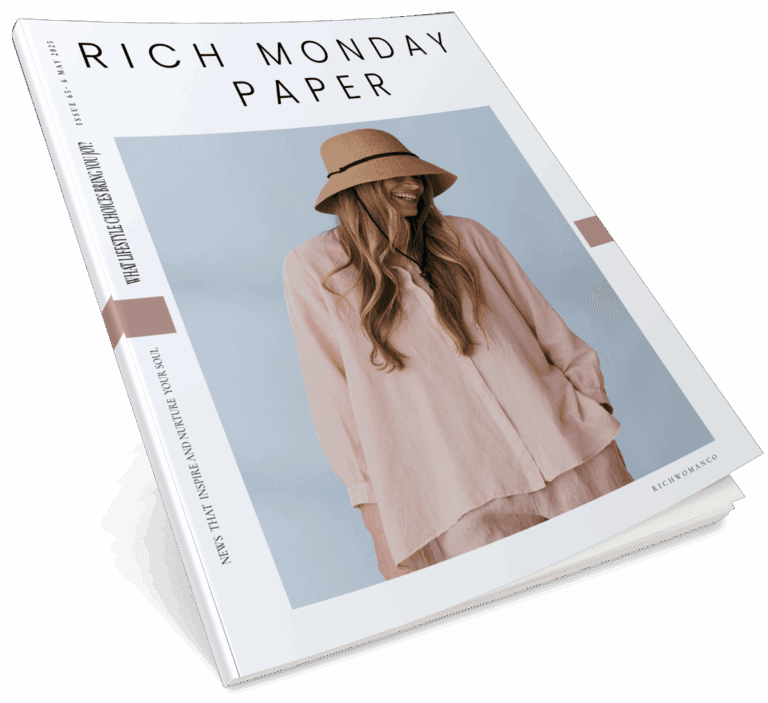Sip or Swirl? The Ultimate Wine Tasting Tips
In this article Lucilda Stewart wine maker with a passion for excellence and crafting award-winning labels, gives us the insights of wine testing like a pro. For Lucilda it all started with sipping and swirling. If you're a wine enthusiast keep reading!
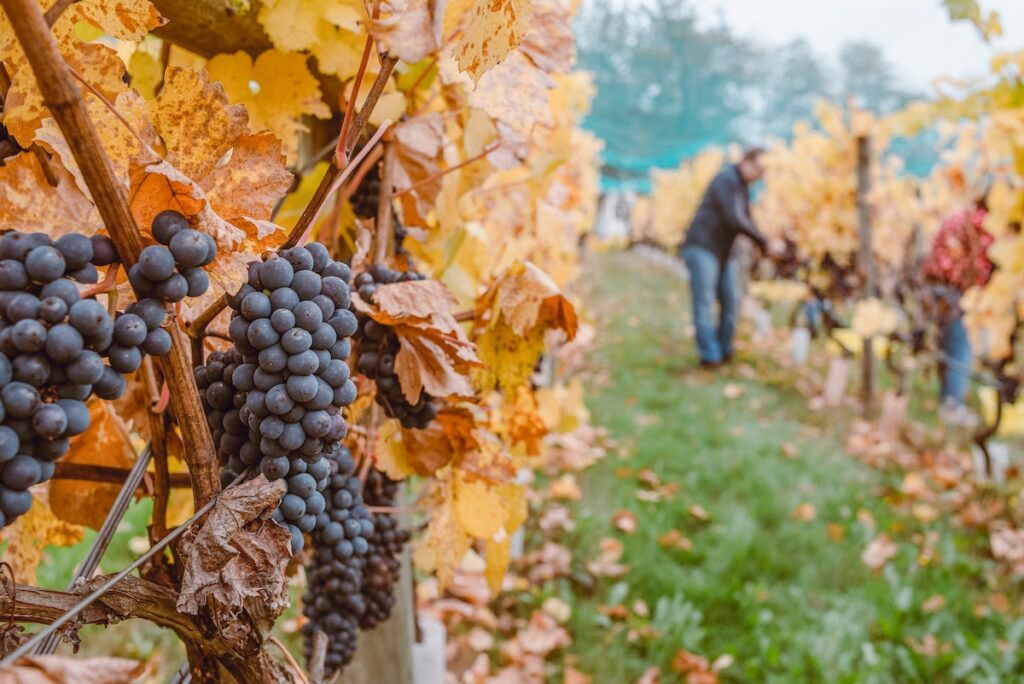
As a wine maker with a passion for crafting award-winning labels, I embarked on an extraordinary journey in the world of wine that extended far beyond the vineyard. It was this very passion that led me to establish my wine export business, where I’ve not only celebrated the art of winemaking but also embraced wine tasting.
Wine tasting is more than just a sensory experience; it’s an art form that allows enthusiasts to explore the nuances of a variety of wines. You don’t need to be a seasoned sommelier to understand the fundamentals of wine tasting. If you are a wine enthusiast looking to explore the subtleties of wine here are a few tips to enhance your appreciation of this ancient elixir.
In this article, I share my insights on how to fully appreciate and understand the beauty of wine through the age-old practices of wine tasting. It all started with sipping and swirling. If you’re a wine enthusiast keep reading. We will explore the subtleties of wine and how to become a seasoned connoisseur, refine your palate and rate the wine in your glass like a pro.
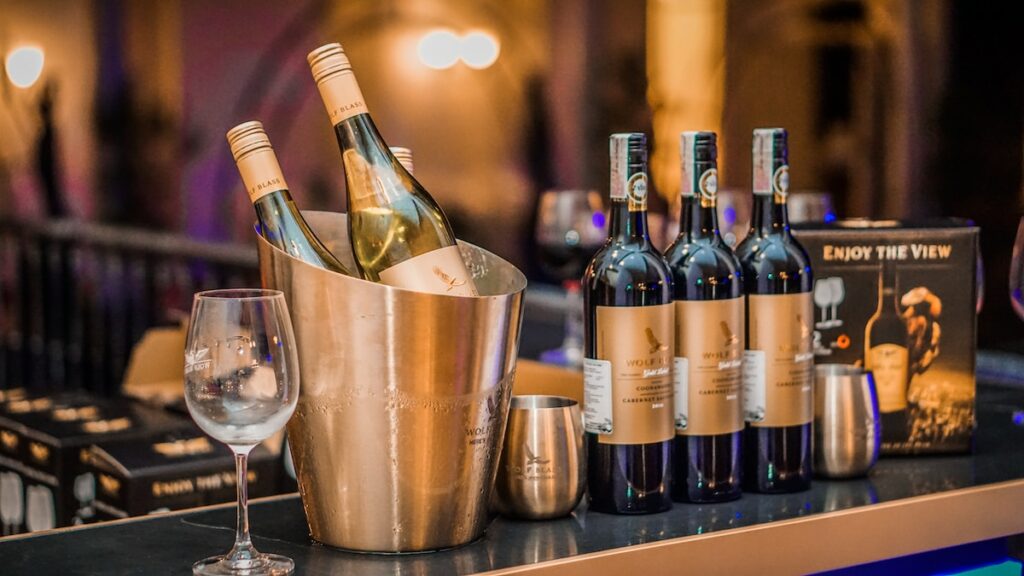
What to look out for in a glass of wine
Your senses play a key role in discerning and appreciating the nuances of the wine. One of the first senses to engage is sight, as you observe the wine in your glass. Here’s what to look out for when it comes to the clarity and the visual characteristics of wine:
Clarity: This aspect pertains to the transparency and overall cleanliness of the wine. It provides valuable insights into the wine’s condition and potential quality.
- Cloudy: A wine that appears cloudy might indicate the presence of sediments or particulate matter. While this isn’t necessarily a negative trait (as it can be a sign of natural winemaking or aging in some cases), it’s essential to assess the other sensory attributes to determine its desirability.
- Dull: A dull wine typically lacks brightness and vibrancy. It may hint at an older wine that has lost some of its original luster. It’s not necessarily a flaw but might be indicative of aging.
- Clear: Clarity is a desirable trait in wine, suggesting a well-made and well-handled product. A clear wine showcases its colors and characteristics without interference.
- Bright: This term is synonymous with liveliness and often applies to young and fresh wines that are vivid and visually appealing.
Sight (Color): The color of the wine provides valuable information about its age, grape variety, and sometimes even its winemaking process. Here are some common wine colors and what they might indicate:
- Pale Straw: Pale straw suggests a young white wine, often light and crisp, with a bright and fresh character.
- Lemon: Lemon-colored wines are similar to pale straw but may have slightly more intensity and body.
- Brick Red: This is a color often found in mature red wines, indicating a stage of development where the wine has evolved.
- Rose-Colored: These hues can be found in rosé wines and can range from pale pink to vibrant rose.
- Amber: Amber tones in white wines may signify aging and oxidative processes, offering complex and evolved characteristics.
- Purple/Red/Garnet: These colors are typically associated with red wines, and their shades can vary from young and lively (purple) to more mature and refined (garnet).
- Brownish/Mahogany: Brownish hues often appear in very aged red wines or wines exposed to oxidation. They can offer unique, tertiary flavors and aromas.
Evaluating the wine’s clarity and sight is the first step in your tasting adventure. These visual cues set the stage for your expectations and anticipation of the flavors and aromas that will follow as you savor the wine. It’s a testament to the artistry and science behind winemaking that engages not only your taste buds but also your eyes and overall sensory experience.
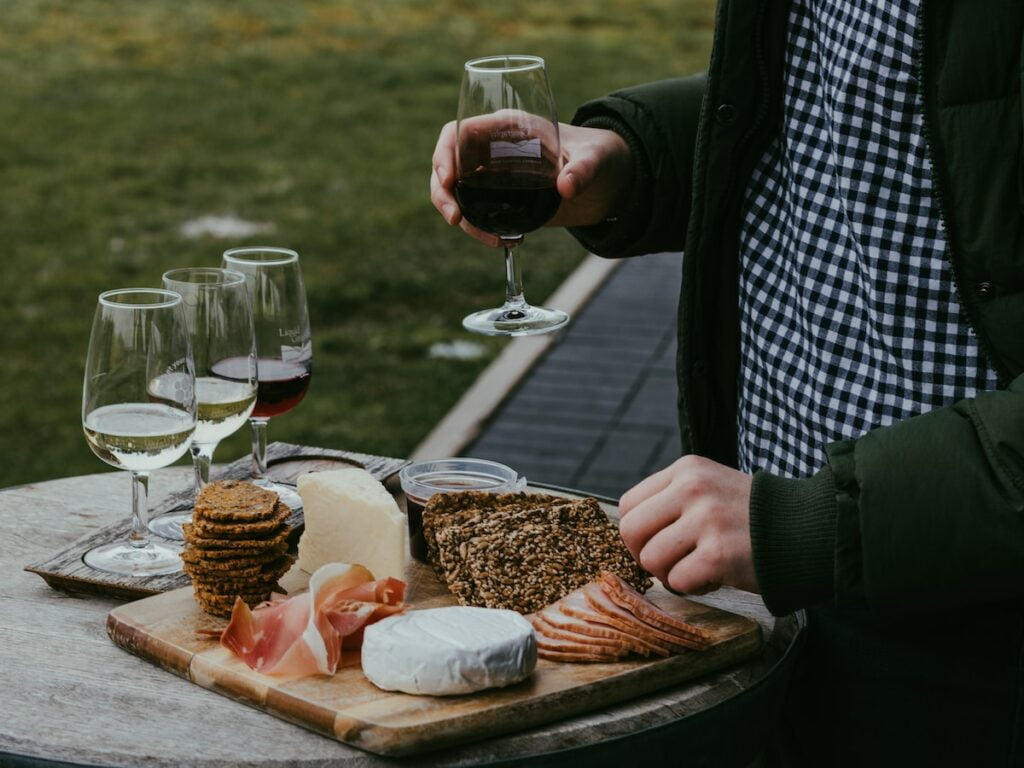
Aromas: The Heart and Soul of your Glass of Wine
Aromas are the heart and soul of the sensory journey when it comes to appreciating wines and other fine beverages. These aromatic notes can be diverse and captivating, ranging from the neutral and clean to the intensely complex. Let’s explore a spectrum of aromas that may be found in wines, along with some examples:
- Neutral: These are subtle and often serve as the canvas on which other aromas are painted. Think of it as the clean slate before the symphony begins.
- Clean: A refreshing and crisp quality, often associated with a sense of purity and clarity.
- Attractive: A welcoming and inviting aroma that draws you into the glass, making you eager to explore the wine further.
- Pungent: Bold and pronounced, these aromas make a statement, leaving a lasting impression on the senses.
- Intense: These aromas are powerful and unmissable, ensuring they dominate the olfactory experience.
- Complex: A bouquet of interwoven scents that offer layers of nuances, making the wine a sensory adventure.
- Aromatic: An appealing and fragrant quality that emanates from the glass, often associated with floral or fruity notes.
- Perfumed: Evoking the scents of delicate flowers, perfumed aromas can be reminiscent of a blooming garden.
- Flowery: As the name suggests, these aromas bring to mind the scent of various blossoms, adding a touch of elegance to the wine.
- Fruity: One of the most common and delightful categories, these aromas encompass a wide range, from tropical fruits like apricot to berries like blackcurrant and blackberry.
- Woody: Hints of oak, cedar, or sandalwood are often associated with aging in wooden barrels, adding depth and complexity to the wine.
- Spice: Aromatic spices like cinnamon and other herbs can lend an intriguing and exotic character to the wine.
- Farmyard: These rustic and earthy aromas might remind you of a charming countryside barn.
- Cigar Box: Redolent of the warm, woody notes you’d find in a cedar-lined cigar box, these aromas often indicate a well-aged wine.
- Chocolate: The sweet and seductive scent of chocolate, often dark or cocoa-like, can enhance the wine’s appeal.
- Mint: Fresh and invigorating, minty aromas can provide a unique and invigorating element to the wine.
- Strawberry and Raspberry: The essence of these red berries can add a delightful fruity dimension to the wine, often contributing to its charm.
Each of these aromas is like a brushstroke on the canvas of your wine-tasting experience. The ability to recognize and appreciate these nuances is what sets wine enthusiasts and connoisseurs on an enchanting journey of flavors and fragrances.
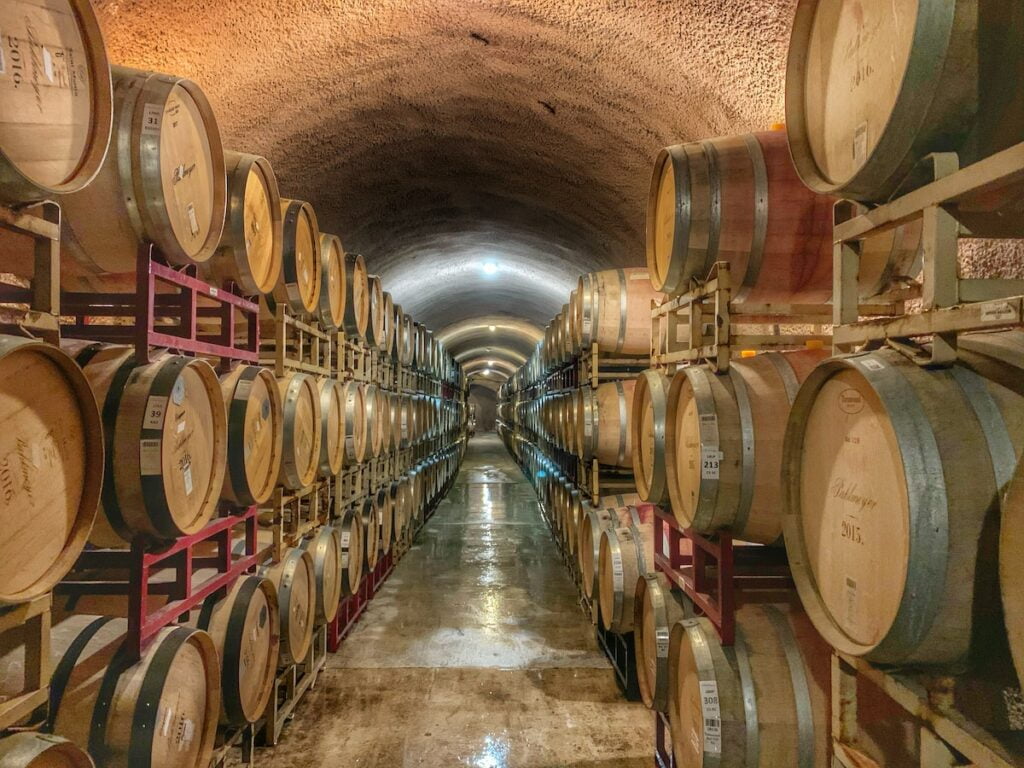
The Palate
The palate is where the true magic of wine unfolds, offering a diverse array of sensations and flavors that dance across your taste buds. With practice you can learn to differentiate the key aspects of the wine palate, encompassing sweetness, tannin, acidity, body and flavor:
Sweetness: The level of sweetness in wine is crucial, as it can greatly influence your perception of a wine’s overall character.
- Bone-Dry: Bone-dry wines contain no perceivable residual sugar, resulting in a crisp and refreshing experience that leaves the palate feeling clean and devoid of sweetness.
- Dry: Dry wines are also low in residual sugar, creating a sensation of austerity and a focus on the wine’s other attributes.
- Off-Dry: These wines have a hint of sweetness that can balance out the wine’s acidity or tannin, providing a harmonious, approachable quality.
- Medium-Dry: Slightly sweeter than off-dry wines, medium-dry wines offer a touch of sweetness while still maintaining overall balance.
- Medium-Sweet: Medium-sweet wines exhibit a more noticeable sweetness that can complement fruity or spicy flavors, making them quite versatile.
- Sweet: Sweet wines possess a pronounced level of residual sugar, delivering a lush, dessert-like quality that lingers on the palate.
Tannin: Tannins, derived from grape skins, seeds, and stems, are compounds that contribute to the wine’s texture and mouthfeel.
- Astringent: Wines with astringent tannins have a drying effect on the palate, often found in young, bold red wines. They leave a puckering sensation.
- Mouth-Coating: This quality describes tannins that seem to envelop the mouth, creating a rich and full-bodied texture.
- Dry: Dry tannins offer a structured, firm feel without being too aggressive.
- Smooth: Smooth tannins are finely integrated and provide a silky, polished mouthfeel.
- Soft: Soft tannins are gentle and mild, making the wine more approachable and less aggressive.
- Ripe: Ripe tannins are fully matured and velvety, adding elegance and suppleness to the wine.
Acidity: Acidity is a fundamental component of wine that contributes to its overall structure and freshness.
- Flat/Dull: Low acidity results in a flat and unexciting palate, lacking the liveliness that defines many wines.
- Refreshing/Lively/Fresh: Wines with pronounced acidity feel vibrant and invigorating, offering a zesty and lively experience.
- Crisp: Crisp wines possess a refreshing, mouthwatering acidity that can be quite delightful, especially in white wines.
- Acidic/Tart: High acidity can make a wine taste tart and sharp, which can be enjoyable in the right context.
Body: Wine body refers to its overall weight and texture on the palate.
- Light: Light-bodied wines are delicate and often refreshing, with a lean texture.
- Medium: Medium-bodied wines offer a balanced mouthfeel, suitable for a wide range of dishes and occasions.
- Full/Heavy: Full-bodied wines have a robust and weighty texture, often with intense and bold flavors.
- Velvety/Smooth: These wines have a luxurious, silky texture that glides across the palate.
Flavor: The flavors found in wine are diverse and reflect the grape variety, terroir, and winemaking process.
- These flavor notes can range from fruity (apricot, peach, blackcurrant, blackberry) to herbal (mint, pepper, herbs) and even woody (cigar-box, sandalwood) or spicy (cinnamon, spice). Each flavor contributes to the wine’s complexity and character.
In the world of wine, the palate is a canvas where these elements come together to create a harmonious and captivating experience. Paying attention to these attributes and how they interact can enhance your understanding and enjoyment of the wines you taste.
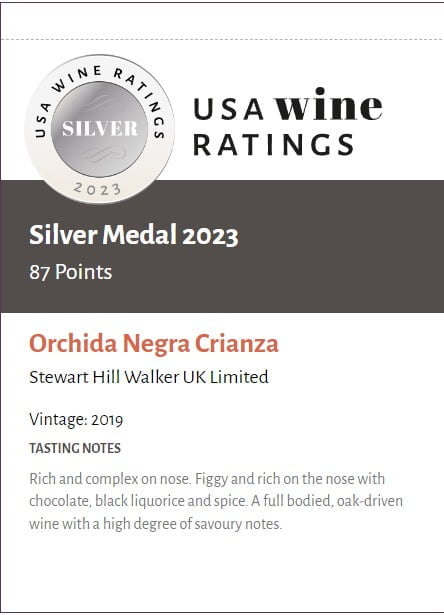
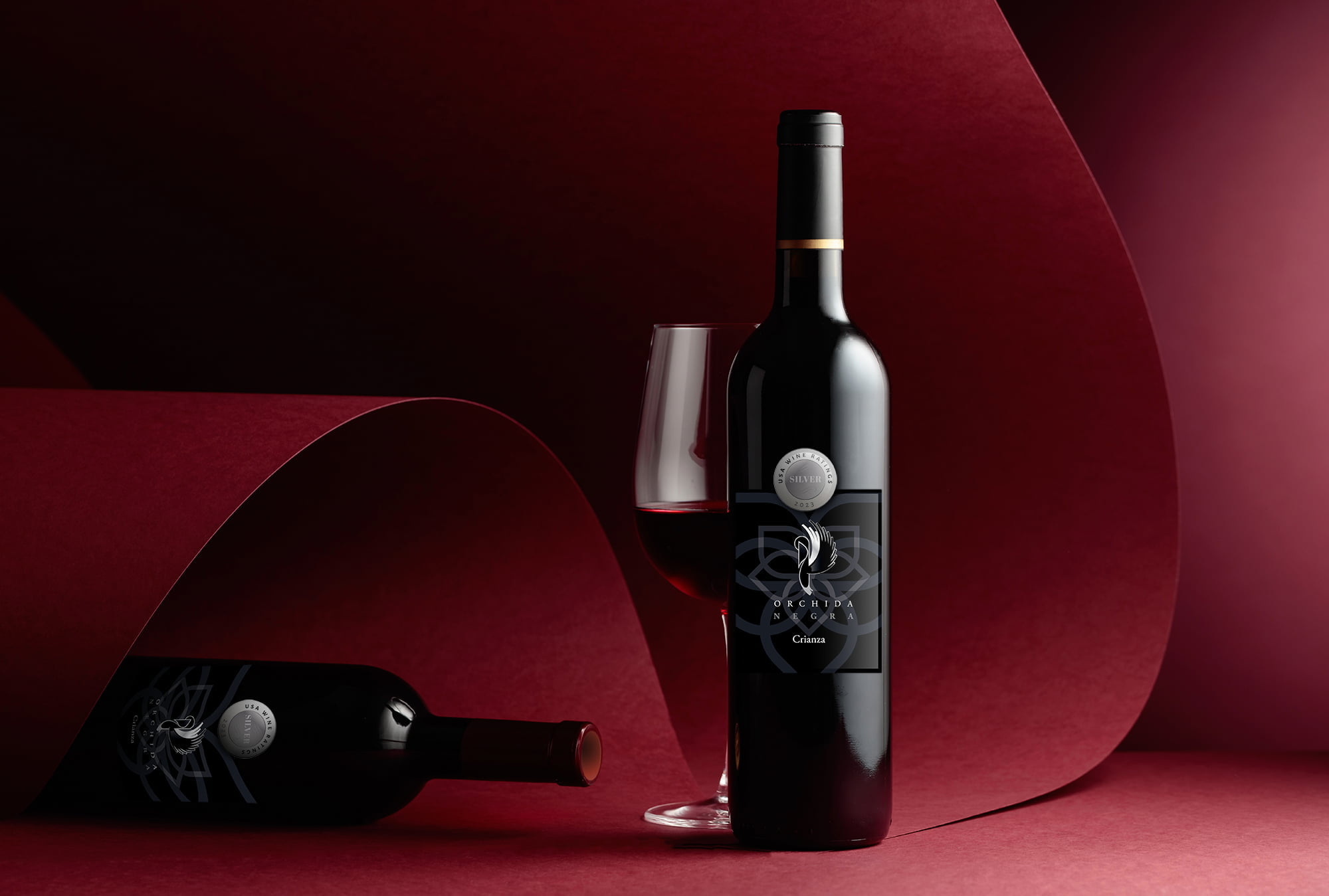

Wine Tasting in 3 Simple Steps
It’s the simple things in life that are the most extraordinary.
Paulo Coelho- The Alchemist
There are books written about wine tasting and I love to remind you this quote by Paulo Coelho. Wine tasting is about socialising on weekends away and learning to enjoy a relaxing afternoon, at home, caressing your senses in the world of wine tasting. Invite your friends or neighbours along to uncover a symphony of sensations. I love a glass of wine after an afternoon walk, covered in brilliant and vivid hues, coupled with the crisp, invigorating fragrances and the earthy, green bouquet of the leaves. The busyness of life is the reason that we often forget to take a moment of relaxation, slow down and process some quality time. I hope wine tasting will inspire to chill…
Here are the easy steps to wine tasting:
- Observe:
- Start by pouring a small amount of wine (about one ounce) into a clear wine glass.
- Hold the glass by the stem to avoid warming the wine with your hand.
- Begin your observation by looking at the wine’s appearance. Note its color, clarity, and intensity. The color can provide clues about the wine’s age and grape variety.
- Smell:
- Swirl the wine gently in the glass. This action releases the wine’s aromas.
- Insert your nose into the glass and take a few quick sniffs. Identify the primary aromas, which can range from fruity to floral, spicy, or earthy.
- After identifying the primary aromas, try to detect secondary aromas, such as oak, vanilla, or spices, which may result from the aging process.
- Taste:
- Take a small sip of the wine and let it coat your palate. Swirl it around your mouth to fully experience its flavors.
- Consider the wine’s taste characteristics, including sweetness, acidity, tannin (for red wines), and body. Make notes of any distinct flavors, such as fruit, herbs, or spices.
- Pay attention to the wine’s finish. Does the flavor linger, or does it dissipate quickly?
Rating the Wine in Your Glass Like a Pro
To evaluate and rate wine like a professional, consider the following aspects:
Appearance: Assess the wine’s color, clarity, and intensity. The more vibrant and clear the color, the higher the quality.
Aroma: Evaluate the wine’s aromas, both primary and secondary, as well as their intensity and complexity. Aromatic complexity often indicates a well-crafted wine.
Taste: Pay attention to the wine’s balance and structure. A harmonious blend of acidity, sweetness, tannin, and body is a sign of quality.
Finish: A long, pleasant finish with lingering flavors is often indicative of a superior wine.
Overall Impression: Take into account your personal preferences and the wine’s ability to deliver a pleasurable experience. Your overall impression is highly subjective.
Takeaway Thoughts
Wine tasting is a delightful journey of the senses. By following these three simple steps and considering the key aspects of wine evaluation, you can savor and appreciate wine like a seasoned connoisseur. Remember that wine appreciation is a personal experience, so trust your palate and enjoy the process of discovering the world of wine, one glass at a time.
Do you want to share your story and inspire our readers ? Know that every story is paving the way for a brighter, happier future.



